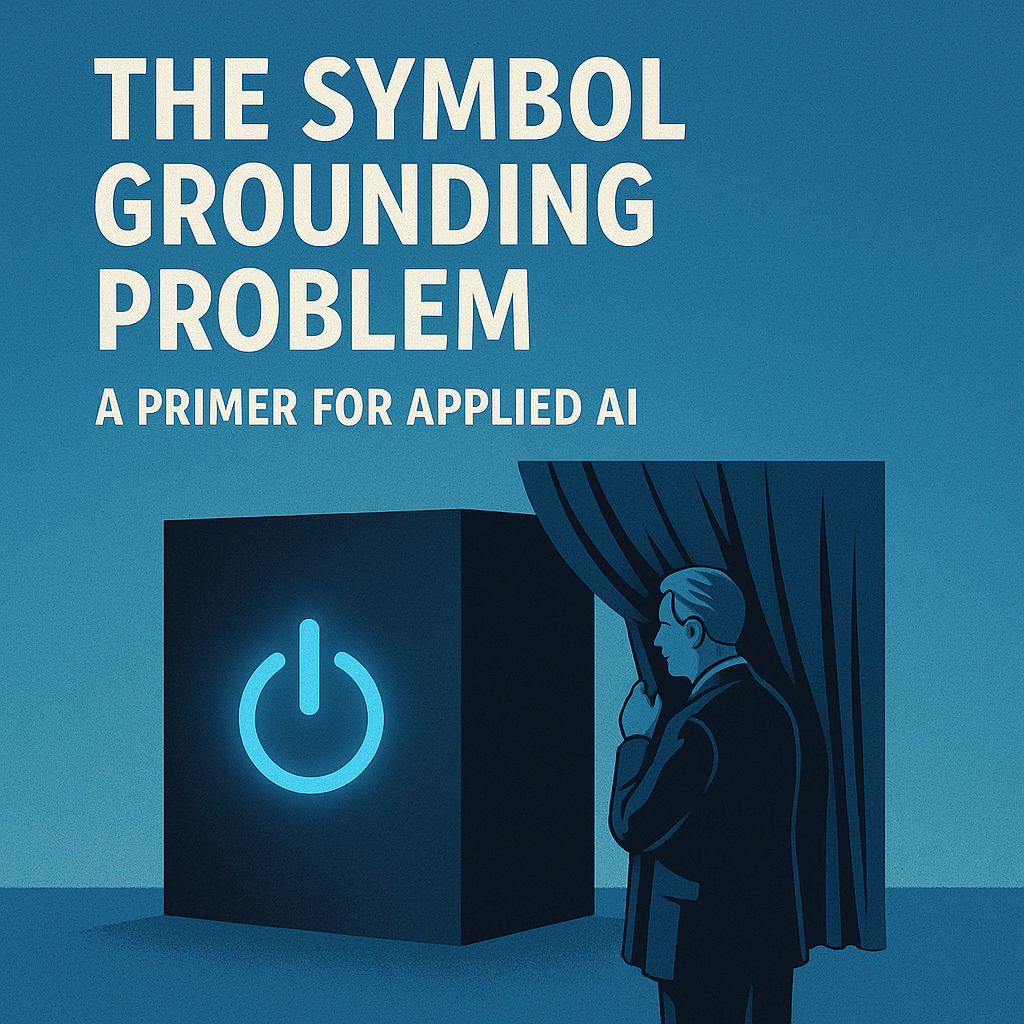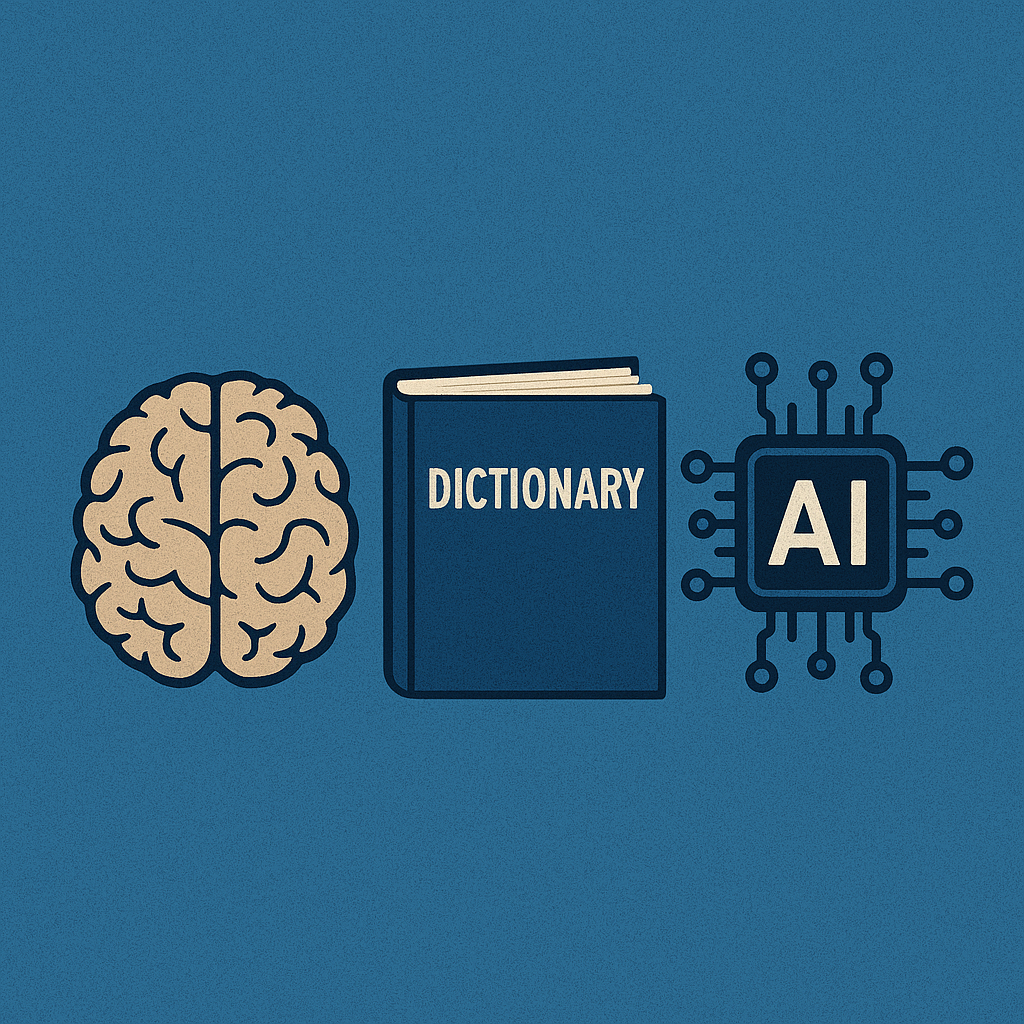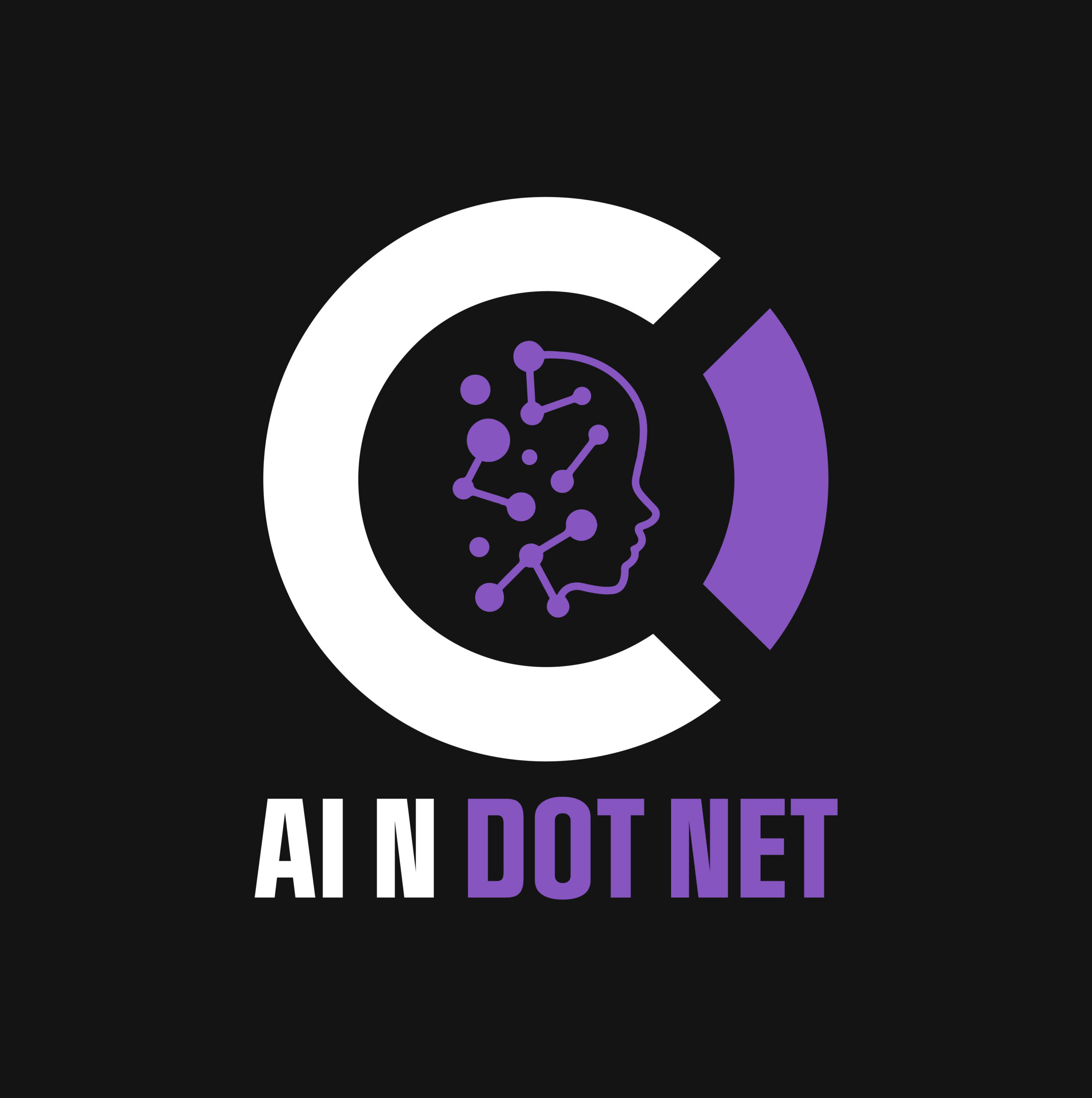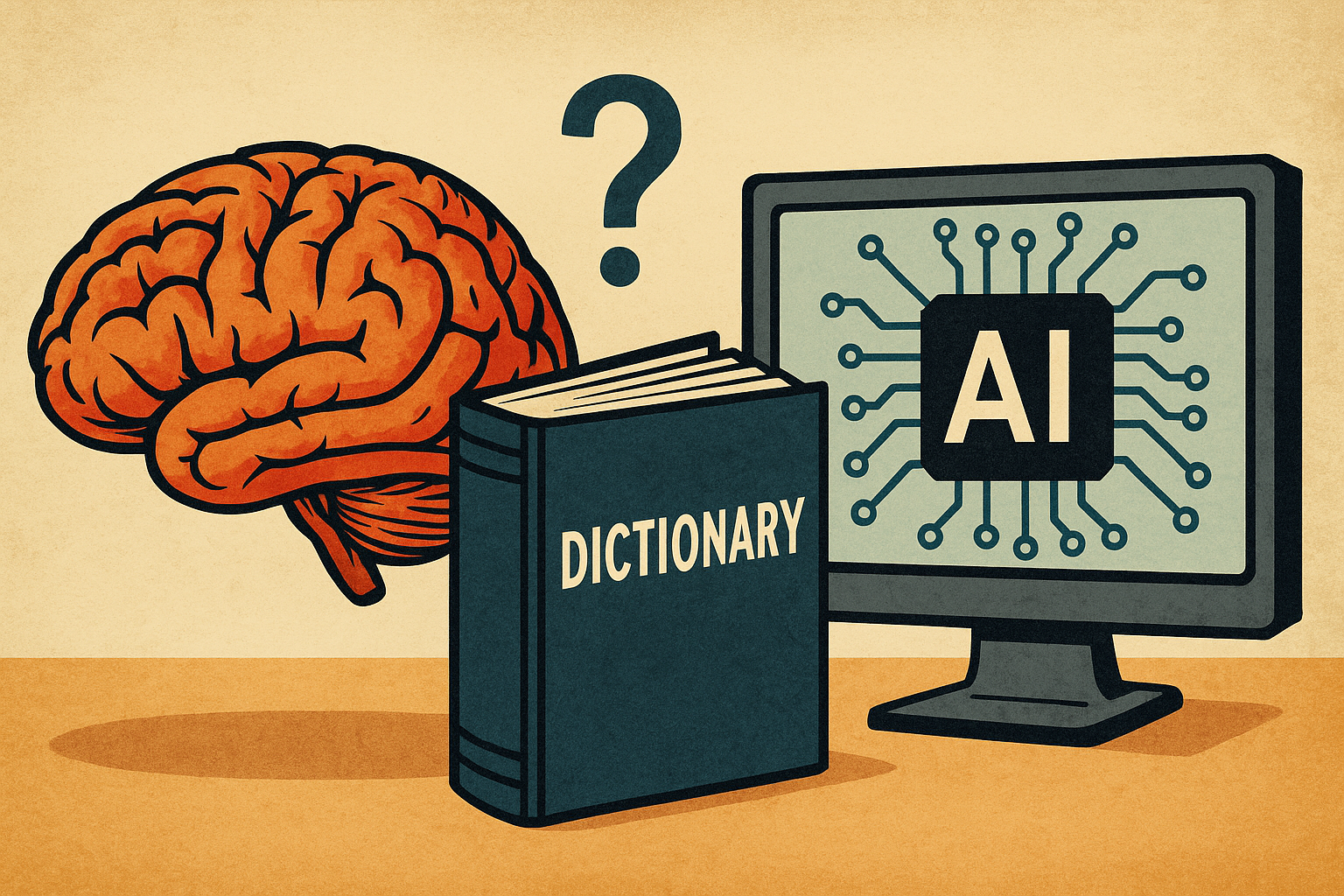The Symbol Grounding Problem Explained for Applied AI Professionals
🎭 Introduction: The Illusion of AI Understanding
Pay no attention to the man behind the curtain!
—The Wizard of Oz (1939)
In 1939, the illusion of power was shattered when Dorothy pulled back the curtain.
Today, many marvel at the apparent intelligence of AI, from chatbots to copilots. But when we examine how they work, we must ask a crucial question:
Does AI truly understand the words it produces, or is it just manipulating patterns?
This question is at the heart of one of the most important concepts in theoretical artificial intelligence:
the Symbol Grounding Problem.
🔍 What Is the Symbol Grounding Problem?

The Symbol Grounding Problem refers to the challenge of how symbols (like words or tokens) acquire real meaning—semantic understanding, not just syntactic manipulation.
- In humans, the word “fire” is linked to sensory experience—heat, danger, light.
- In AI systems, that same word is just a token associated with others like “burn,” “hot,” or “dangerous.”
Without grounding those symbols in physical experience, AI is simply referencing other ungrounded symbols—a loop of definitions built on more definitions.
This is why modern language models may sound smart but sometimes produce answers that lack common sense or contextual awareness.
🧠 Why This Matters for Applied AI Teams
If you’re using AI in real-world applications—like copilots, enterprise search, chat interfaces, or decision support tools—understanding the limits of AI comprehension is essential.
⚠️ Risks of Ungrounded AI:
- Misleading confidence in generated text
- Failure in real-world scenarios (e.g., industrial, legal, or medical tasks)
- Ethical issues from superficial understanding of sensitive topics
- Inappropriate recommendations based on misinterpreting user input
🧪 Thought Experiment: The Dictionary Trap
Imagine trying to learn Mandarin using only a Mandarin-to-Mandarin dictionary. Every word you look up refers to other unfamiliar words.
Without experience or context, would you ever really understand the language?
This is the world of AI today. It knows what “grief” often correlates with—but it’s never lost a parent, seen a funeral, or cried.
🧩 How Modern AI Models Work
Today’s large language models (LLMs), like GPT or Claude, are trained on massive text corpora:
- They learn statistical patterns, not meanings.
- They don’t interact with the world or perceive it directly.
- Their “knowledge” of a cat is based on written descriptions, not the sensation of petting one.
This is why they excel at language mimicry but struggle with true understanding, especially in ambiguous, high-stakes, or embodied tasks.
🔧 How the AI Community Is Tackling the Problem
AI researchers and architects are working to close the symbol grounding gap through:
🧰 Emerging Solutions:

- Multimodal AI: Combining text, images, audio, and video to form richer models (e.g., GPT-4V, Gemini)
- Embodied AI agents: Robots and simulators that learn by interacting with the physical world
- Neurosymbolic AI: Hybrid models that combine pattern-based learning with symbolic reasoning
- Context-aware prompting: Giving LLMs richer situational context to approximate grounding
These efforts won’t solve grounding overnight, but they mark important steps forward.
📌 Key Takeaways
- The Symbol Grounding Problem reveals that today’s AI often lacks true understanding.
- Applied teams must design systems with this limitation in mind—especially in safety-critical or ethically sensitive domains.
- Grounding will likely require multimodal input, real-world interaction, or symbolic reasoning beyond current LLMs.
🎓 Next Steps for AI Practitioners
- Ask yourself: Is your AI use case dependent on real-world understanding?
- Don’t mistake confidence for comprehension.
- Consider integrating multimodal systems, safety filters, or human-in-the-loop checks when grounding is essential.
🧪 Coming Up Next:
“The Misaligned Machine: Why Smart AI Still Gets It Wrong”
We’ll explore how even powerful AI agents can follow exactly the wrong goals—and what to do about it.
Look for this article in a week or two.
Download the free infographic
Download the free infographic to share with family, friends, and coworkers.
Want to stay ahead in applied AI?
📑 Access Free AI Resources:
- Download our free AI whitepapers to explore cutting-edge AI applications in business.
- Check out our free AI infographics for quick, digestible AI insights.
- Explore our books on AI and .NET to dive deeper into AI-driven development.
- Stay informed by signing up for our free weekly newsletter

